
 Bontec geotextiles ... installed at Manifa causeway and oilfield project.
Bontec geotextiles ... installed at Manifa causeway and oilfield project.
BONAR Natpet, a joint venture between Bonar Technical Fabrics (TF) of Belgium and Jeddah-based National Petrochemical Industrial Company (Natpet), will launch production in Saudi Arabia in the fourth quarter of this year to meet the growing demand for geotextiles in the region.
The geotextile market in the GCC is growing as the region’s awareness of the product and its various applications increase, says a senior company official. “However, we need to keep talking to the engineers and designers to generate better specifications that describe the mechanical properties and strength of geotextiles rather than just physical properties such as mass per unit area,” says Orwig Speltdoorn, the managing director at Bonar Technical Fabrics Group.
Located in Yanbu, Bonar Natpet was set up last year with construction work on the plant having started during the same year. The new company is the first downstream venture for Natpet and brings new technology to Saudi Arabia, while providing the local and regional markets with quick access to established quality products.
Bonar TF produces both woven and non-woven types of geotextiles in Belgium in addition to other technical fabrics for its Agro Division. However, at the new joint venture (Bonar Natpet) plant in Saudi Arabia, the company will focus solely on the production of non-woven geotextiles.
“A very wide choice of non-wovens will be produced in Yanbu in both the NW and SNW ranges, similar to what we are already producing and supplying for many years from Belgium. The brand name Bontec and the whole range will be exactly the same,” he says.
Business has been good for Bonar TF during 2011, according to Speltdoorn, who describes it “as a very successful year with good volumes and good diversity among its products”.
He says once the Yanbu plant goes on stream, the company will start supplying to the GCC and surrounding countries solely from Yanbu. “We strongly believe in the future growth of the Gulf region, especially in terms of infrastructure development. In order to grow our business, we have decided to come closer to the region and start our own manufacturing plant here. This way, we can be closer to our customers, provide them better technical support and at the same time provide them with the benefit of a much shorter lead time for delivery as material will be produced locally.”
Bonar Natpet is targeting all market segments for applications of geotextiles, including the infrastructure and construction industry for use in the construction of roads, railways, marine works and landfills.
Bontec products enjoy superior mechanical and hydraulic properties compared to other products available in the market, he says. Their mechanical properties, such as tensile strength, elongation, puncture resistance and other aspects, ensure effective resistance to damage by forces. “These properties are vital to ensure that the geotextile is not damaged due to forces applied during installation such as backfilling with rocks,” he points out. The hydraulic properties, meanwhile, describe the filtration criteria of geotextiles such as permeability, water flow rate and characteristic opening size, which are very important for applications that require good filtration, as they allow enough water to pass through the geotextile but without the fine particles.
These characteristics in terms of strength and hydraulic properties give Bontec products a competitive edge in the market, according to Speltdoorn. “Our Bontec products can match the specifications of any application with a lower weight or mass per unit area,” he says.
Moreover, Bontec products are made of 100 per cent virgin polypropylene (PP) and are ultraviolet (UV)-stabilised to guarantee optimum performance during transportation, storage, installation and in use for the life span of the project, Speltdoorn adds.
Commenting on the importance of using geotextiles especially in the construction of roads that are prone to rutting in the region, he says: “We believe that not enough geotextiles are being used in roads. Every road should have geotextile as this ensures cost savings in the design and building phase as well as a longer life span and significantly reduced maintenance costs. A good road design should include soil stabilisation and separation between different layers using a suitable geotextile product.”
He says the geotextile should ensure high strength and allow water to pass through, both in the case of rain water as well as a high water table, which is often the case in most of the Gulf region.
“Designers should make use of a wide range of geotextiles to solve stability and drainage problems to maintain durable road constructions,” he says.
Bontec products, which are currently being used in road, railway, landfill and other developments, have been supplied to many mega projects in the region, including the Manifa causeway and oilfield (Saudi Arabia); The Palm Island Jumeirah and Dubai Waterfront development (UAE); old airport in Salwa (Qatar); and many others.


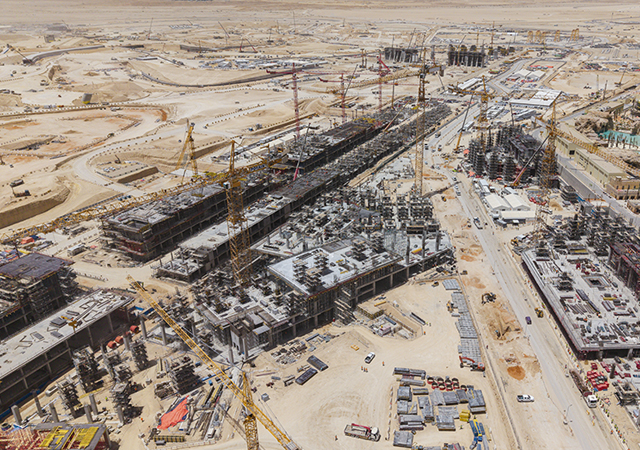
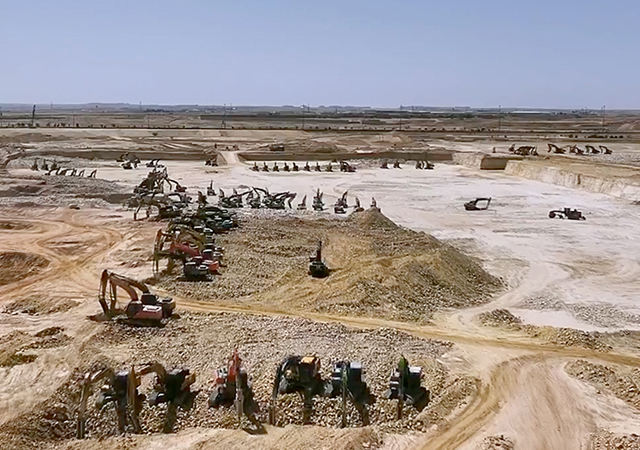
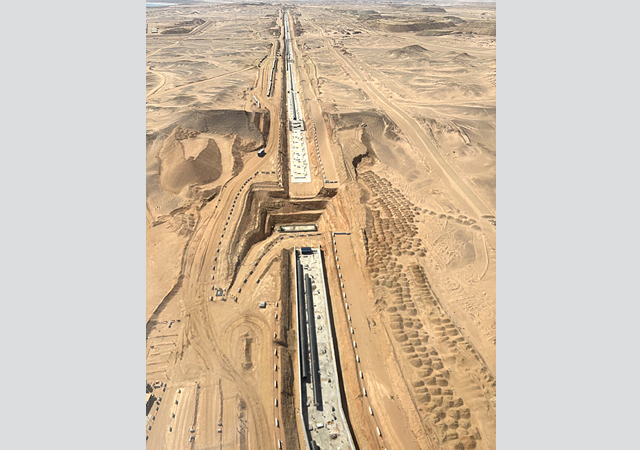
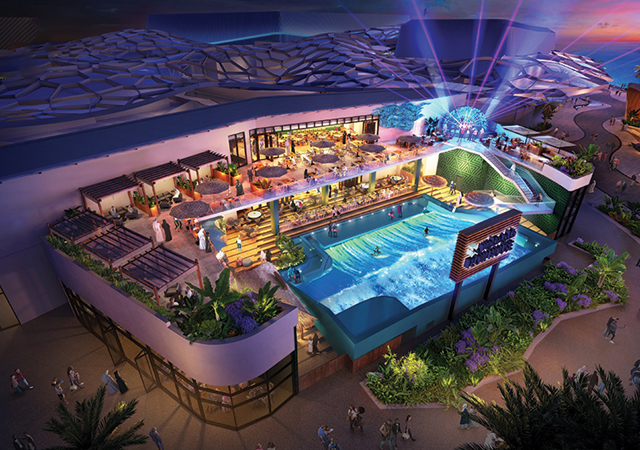
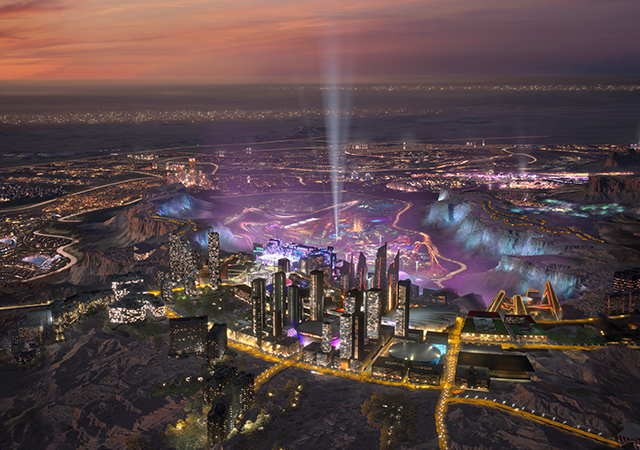
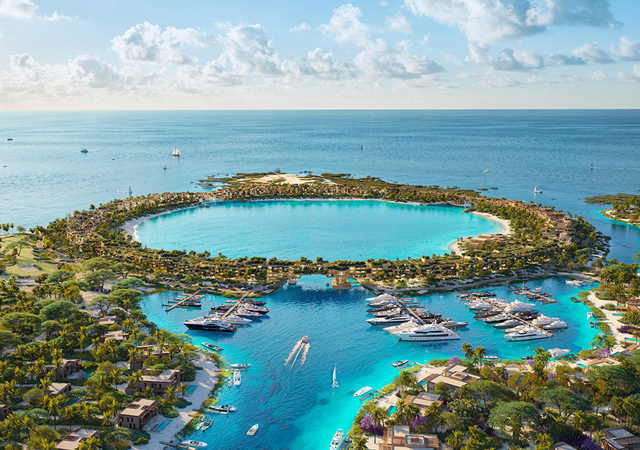
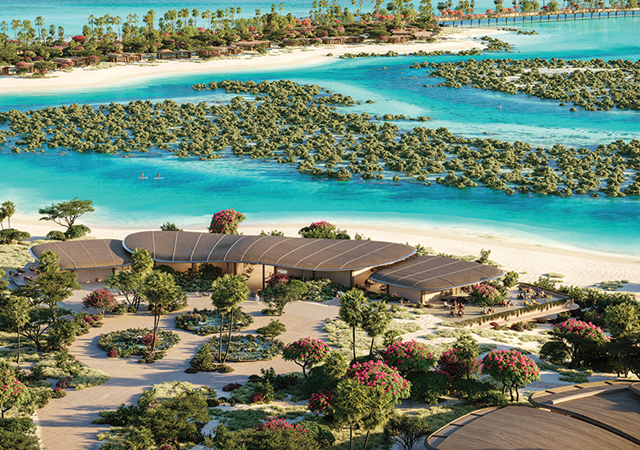
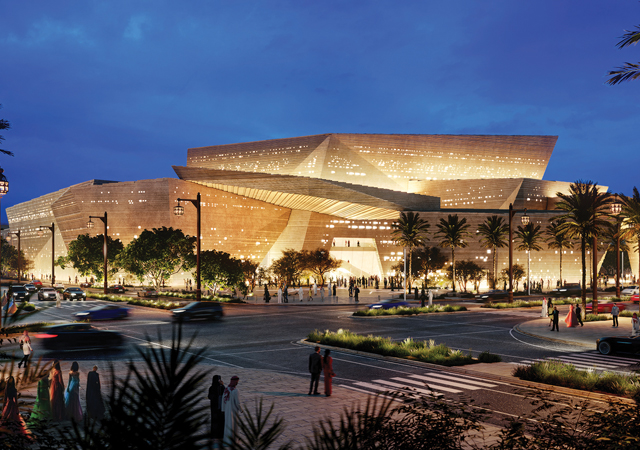
 BIG.jpg)
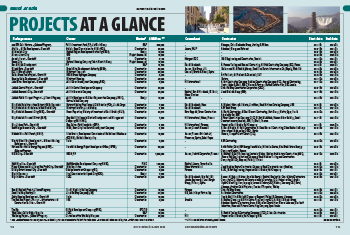
.jpg)
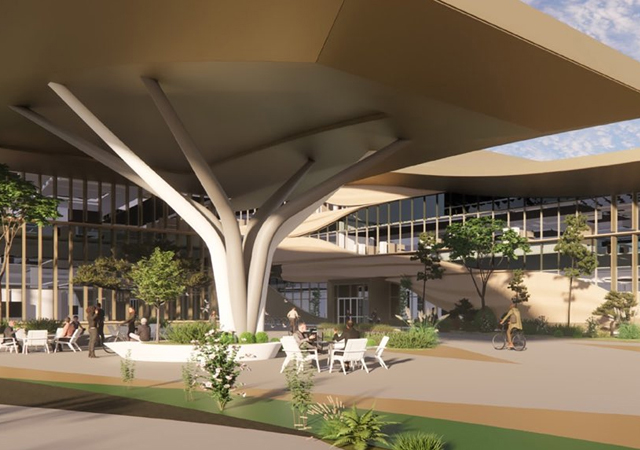
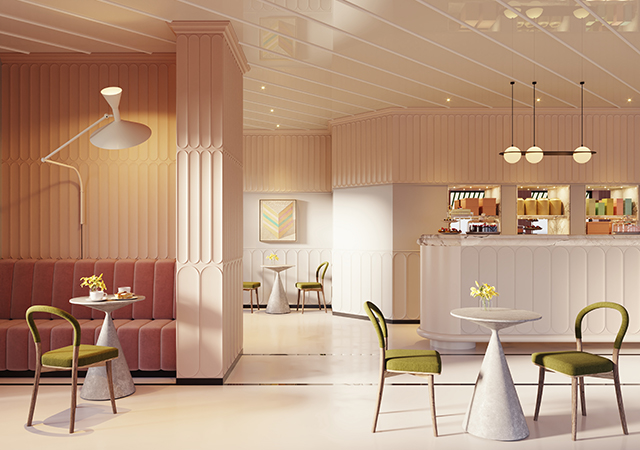
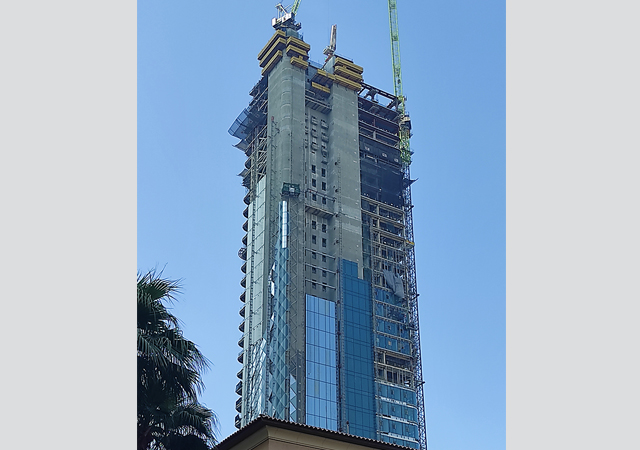
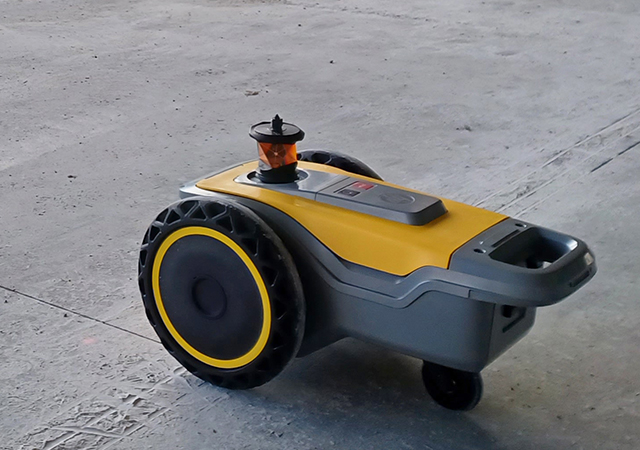
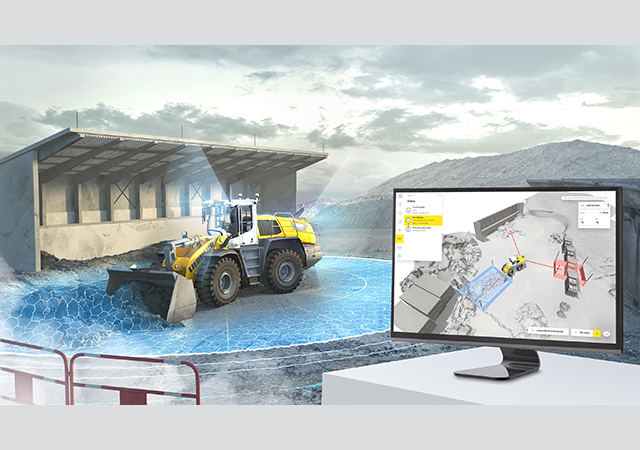
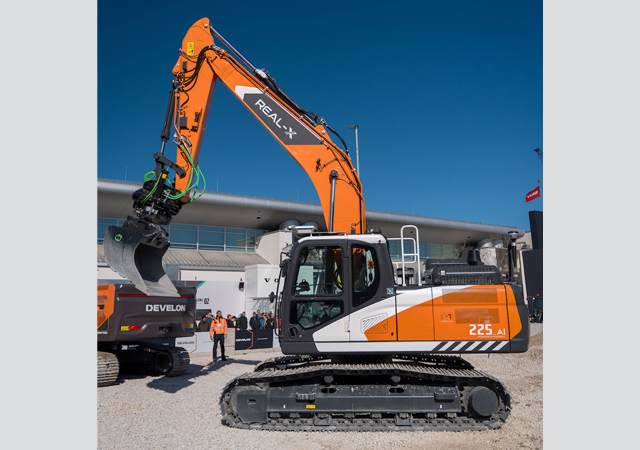
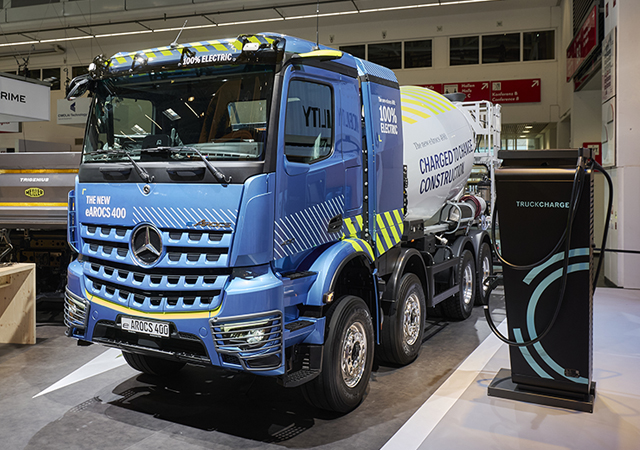

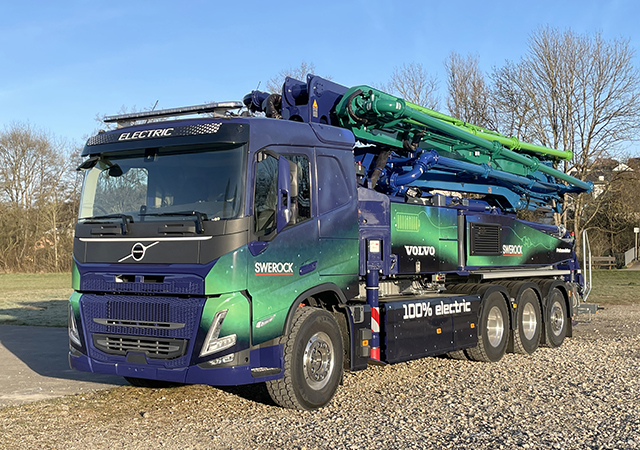

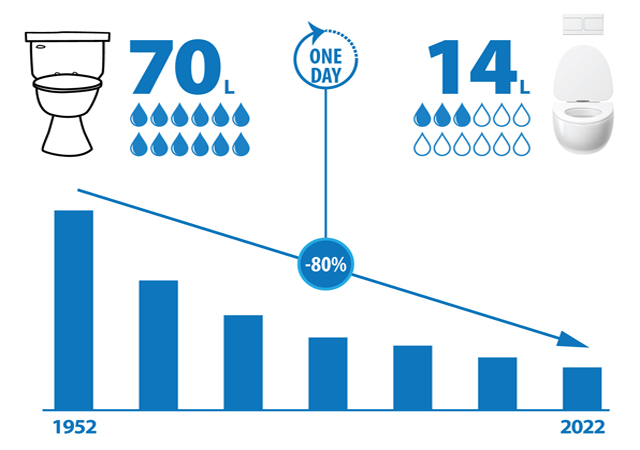

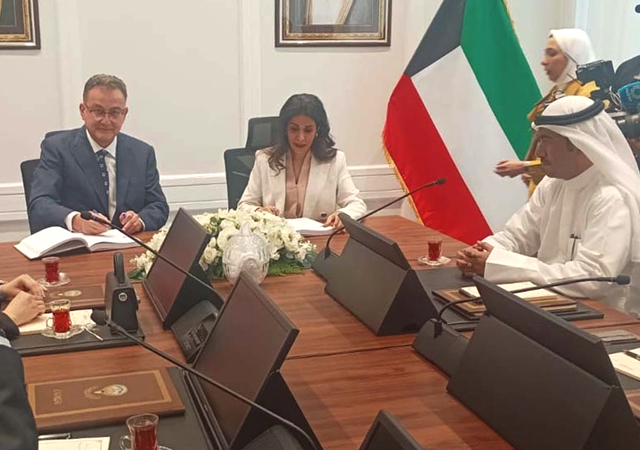
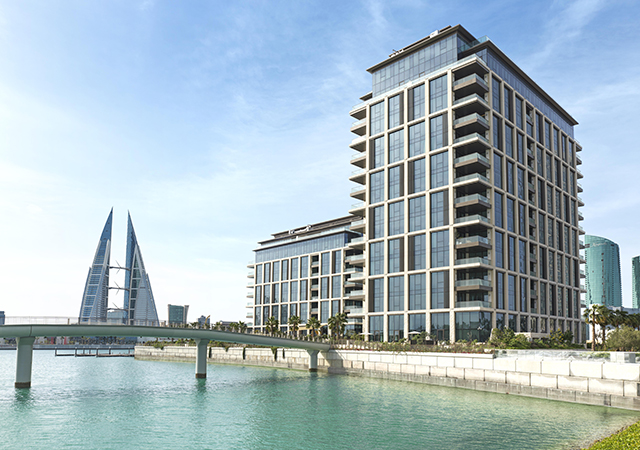
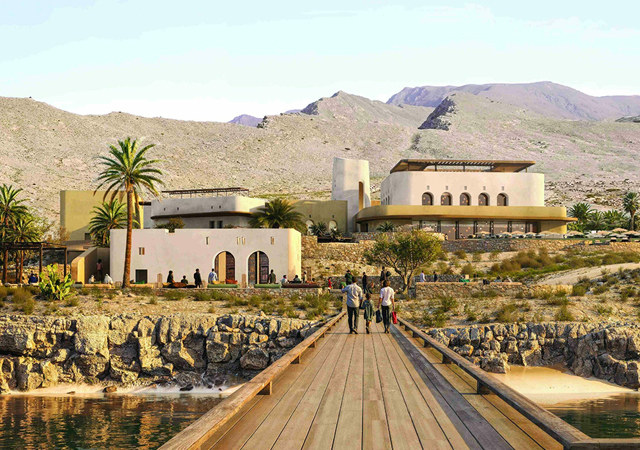
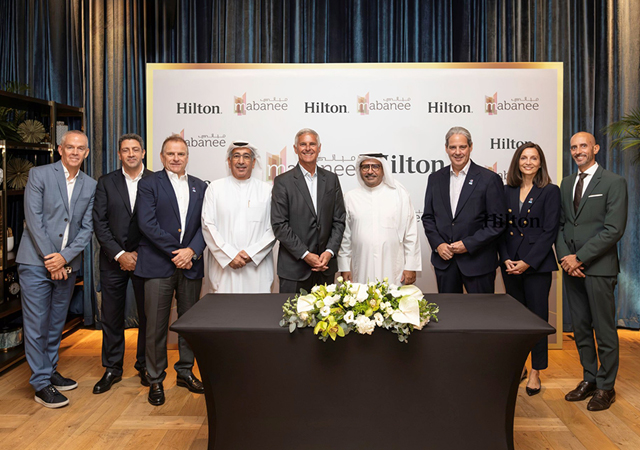
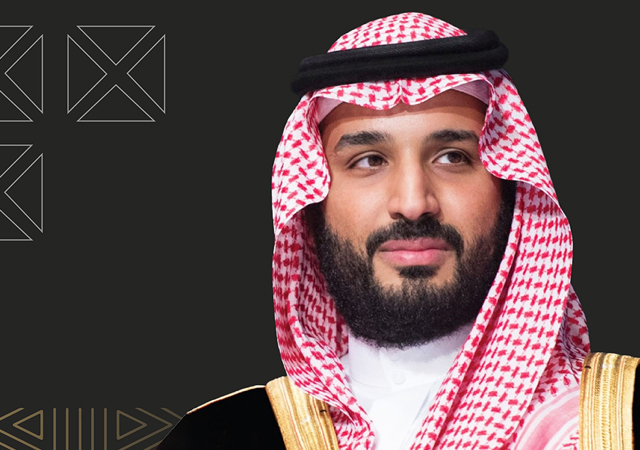
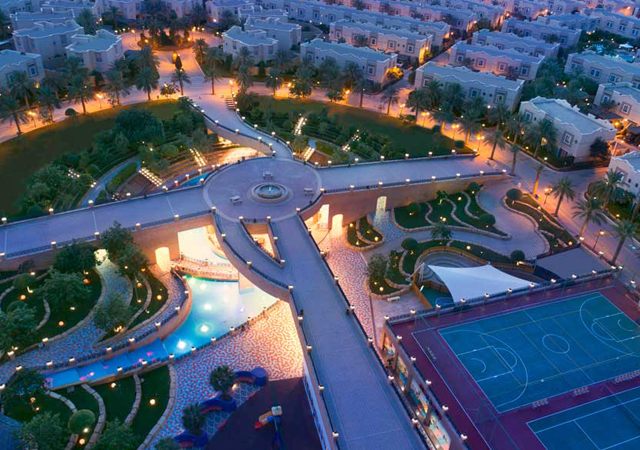
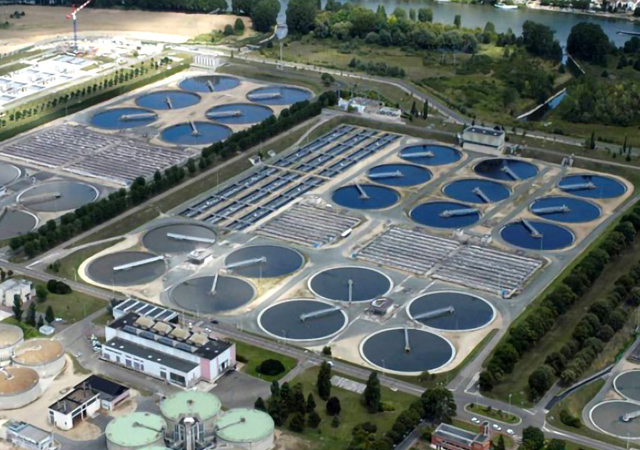
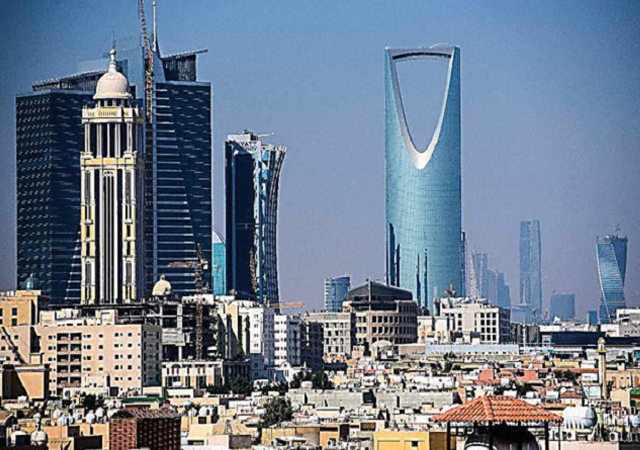
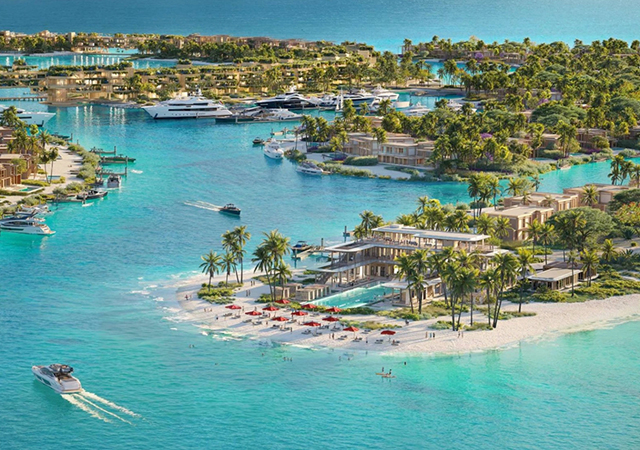
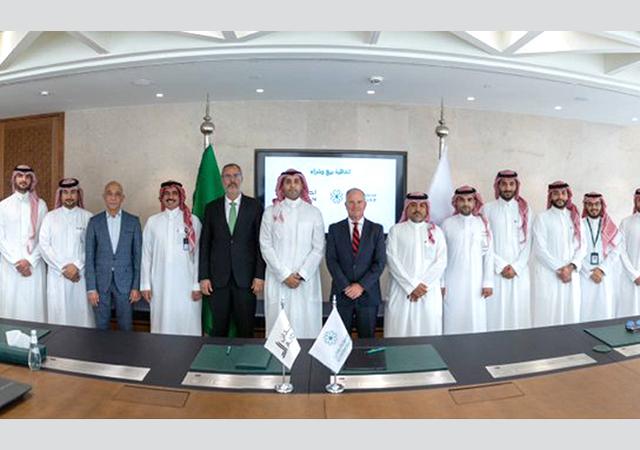
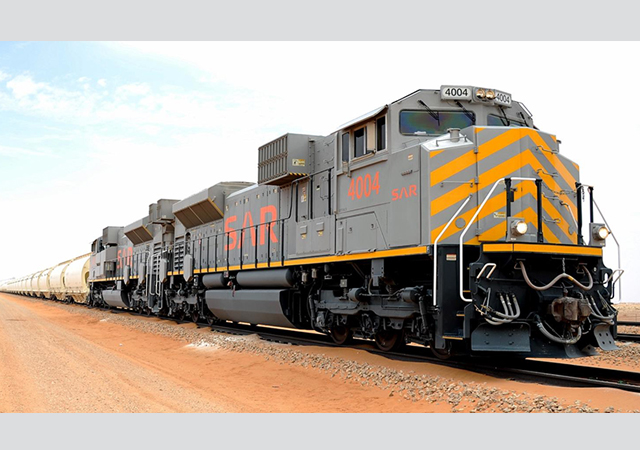
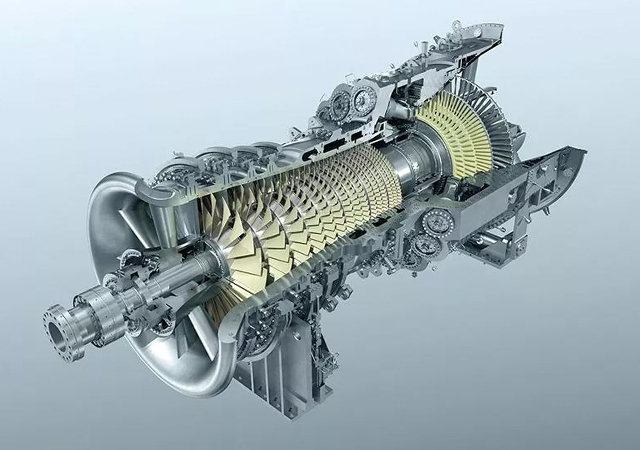
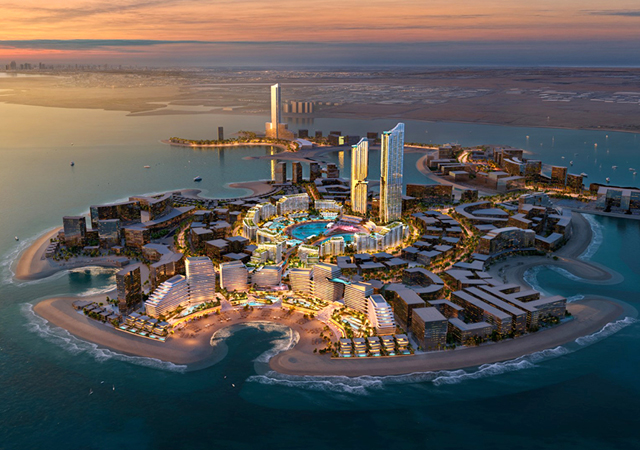
.jpg)
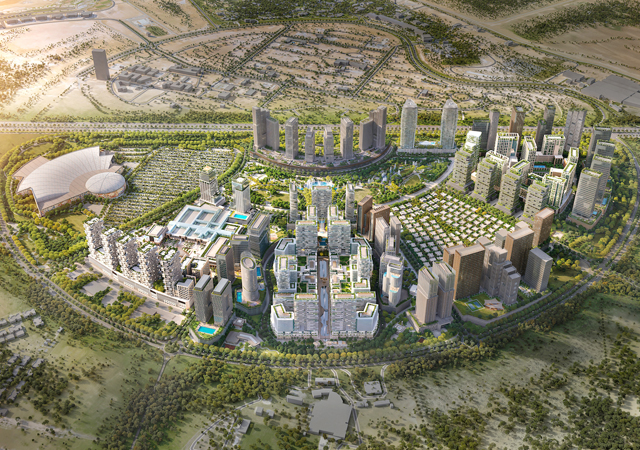
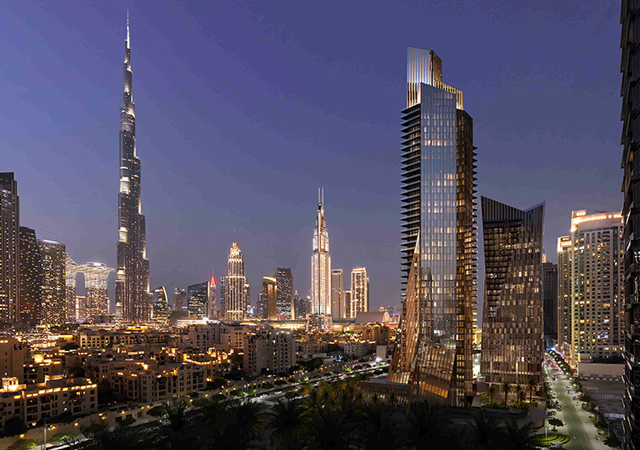

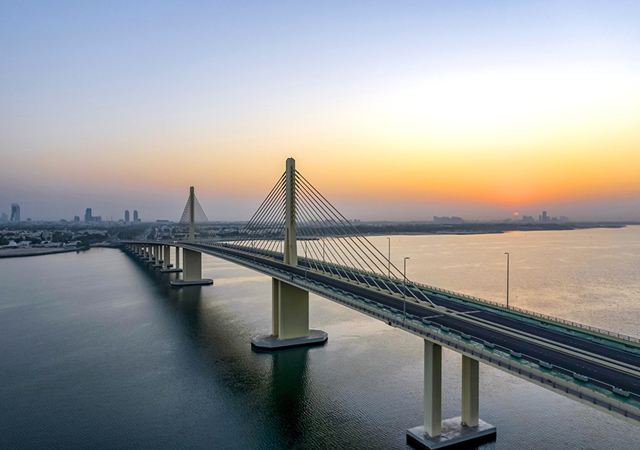


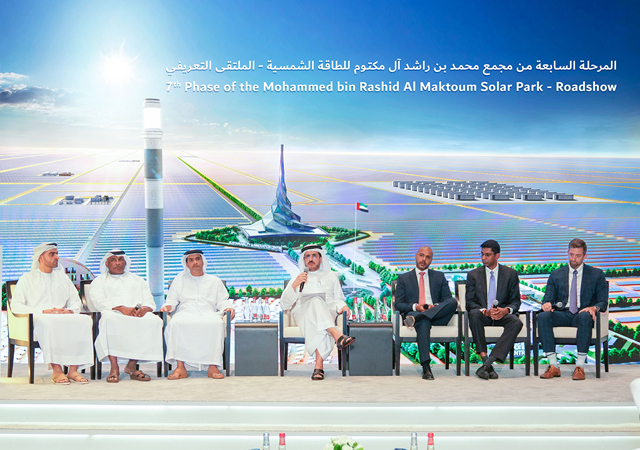
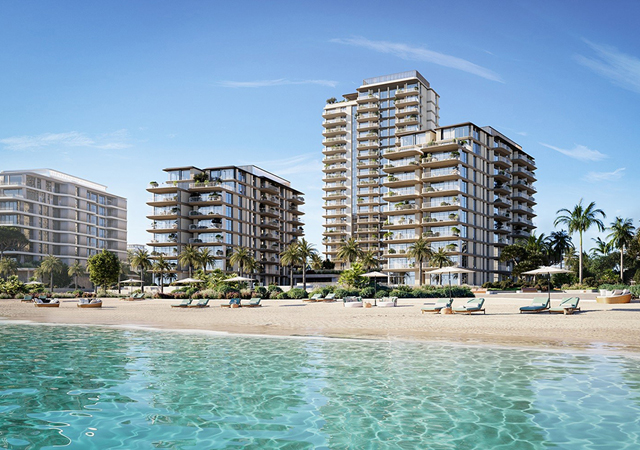
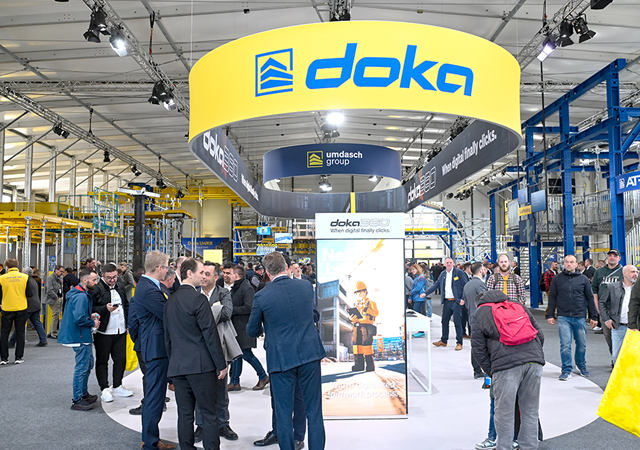
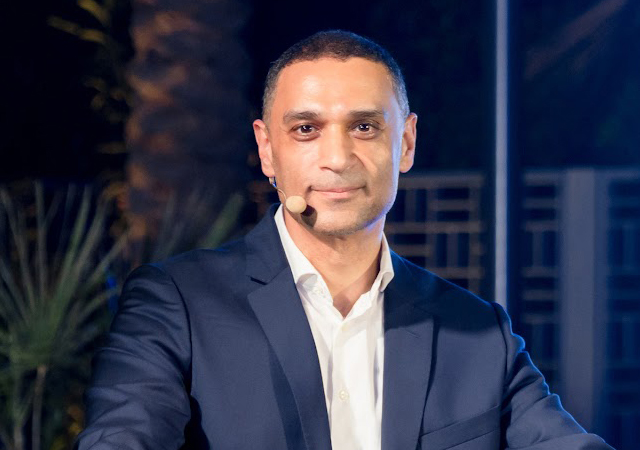
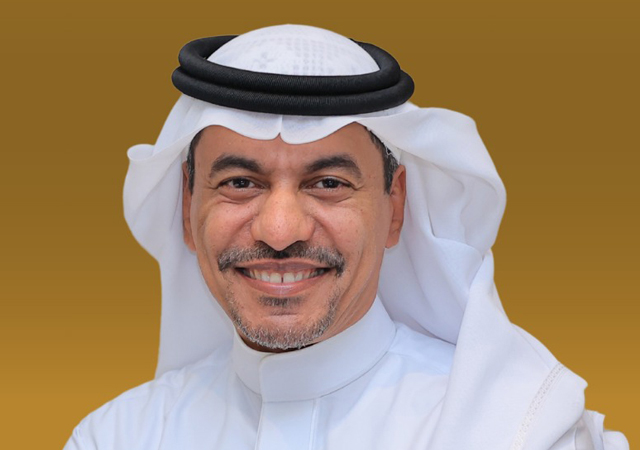


.jpg)


